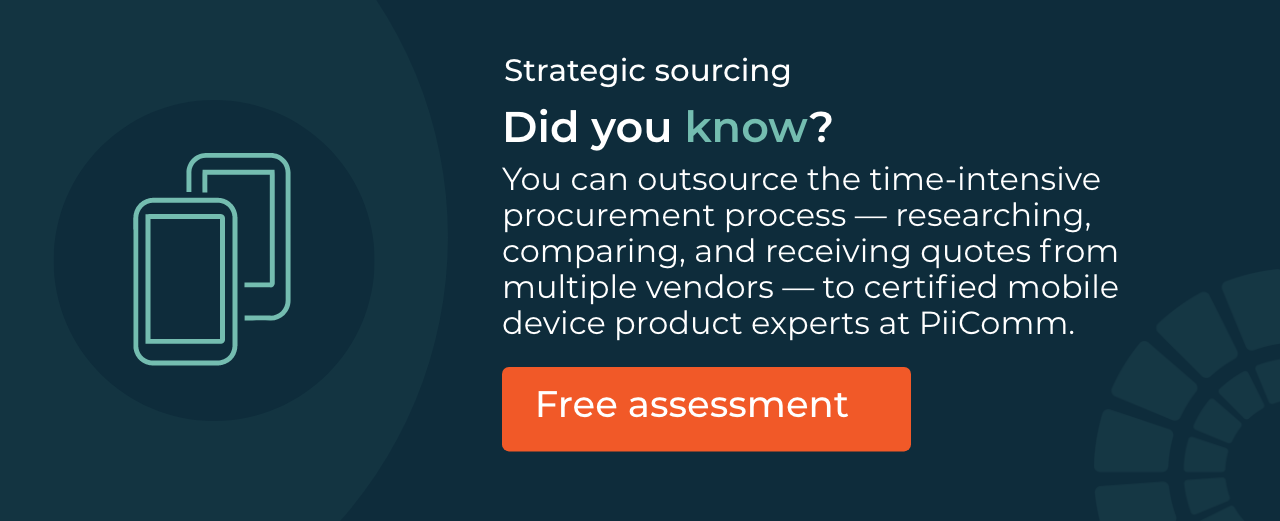
In today’s fast-paced digital landscape, the influx of new applications continues to reshape workplace expectations, making innovative mobile technology a standard requirement for employees. Enterprise mobility management solutions have emerged as vital tools for overseeing hardware, software, and network operations within organizations.
Understanding the key trends in enterprise mobility for 2024 and beyond is crucial for maximizing the effectiveness of these solutions. Here are the top four trends shaping the landscape:
- Internet of Things (IoT) and Operational Integration: The IoT, characterized by interconnected devices capable of transmitting data without human intervention, has become ubiquitous in the workplace. Asset tracking using GPS tags facilitates real-time management of mobile assets. With the widespread adoption of 5G, particularly in regional areas, IoT integration is expected to soar. The speed and low latency of 5G technology are ideal for industrial automation and control systems, revolutionizing task execution. However, the proliferation of endpoints also introduces security vulnerabilities, necessitating robust protection measures.
- Enhanced Mobile Device Security Measures: Security is paramount for enterprise mobility devices, whether used in-office or remotely. As such, organizations are transitioning from traditional Mobile Device Management (MDM) to Mobile Application Management (MAM) strategies to bolster security. This shift entails stricter safeguards to safeguard data confidentiality and prevent unauthorized access or breaches.
- Rise of Edge Computing: Enterprise mobility programs are reshaping the workspace, enabling employees to work from any location and access corporate data on the go. Edge computing, coupled with the evolution of Software-as-a-Service (SaaS) platforms, empowers employees to utilize business tools and data from internet-enabled devices seamlessly. Additionally, edge computing facilitates the adoption of sophisticated AI services, requiring mobile devices with enhanced computing capabilities.
- Augmented Reality (AR) in Field Operations: The advancement of AR is propelled by the deployment of 5G networks, which offer the bandwidth and reduced latency necessary for extended reality (XR) applications. AR integrates digital information with real-world views, enabling interactive data overlays in field operations. From providing step-by-step repair instructions to enhancing training processes, AR applications offer tangible benefits in various industries.
Looking ahead, enterprise mobility management will continue to play a pivotal role in shaping business strategies. Mobile devices empower organizations to optimize operational efficiency, deliver exceptional customer service, and embrace innovations that drive tangible benefits for clients and stakeholders alike.

